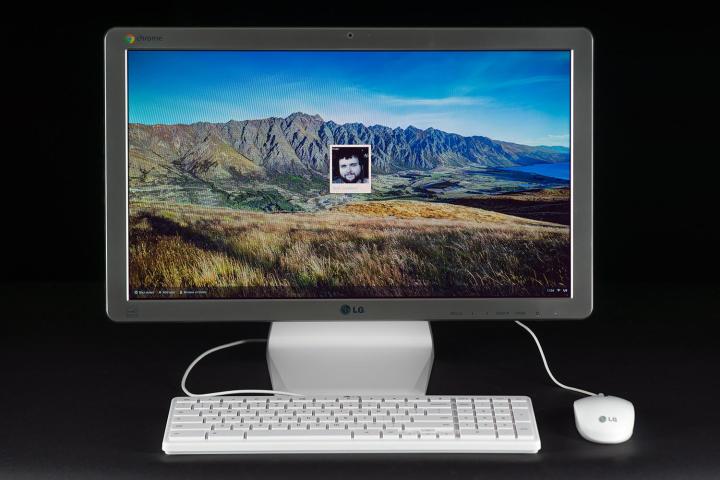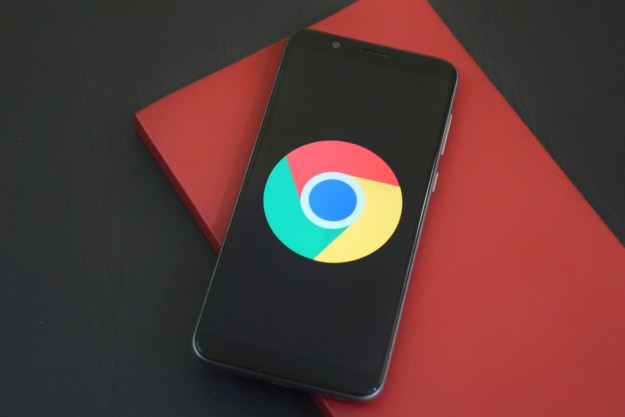
The enthusiasm is starting to leak over to desktops, as we’ve seen several new announcements in recent weeks, such as the Asus Chromebit and the Acer Chromebase. These PCs join a limited selection of previously available systems, like the Asus Chromebox line, which starts at just $160. But is Chrome OS ready to act as a full desktop computer replacement?
Can it work offline?
When Chromebooks originally debuted they positioned themselves as inexpensive, highly mobile client computers. The fact they required Wi-Fi to do almost anything was a limitation, but also an almost expected restraint given their design. The cross-section of people who need a highly mobile laptop and people who always need a data connection is broad, which is why some early Chromebooks came with optional (and in some cases, free) mobile data.

A full desktop computer is different. We expect our stationary personal computers to do many things that don’t require an Internet connection, like run local video, edit files, and play games. That might seem like an issue for Chrome OS, and indeed it can be, but the fact that a desktop can be useful without the Internet doesn’t mean it’s typically difficult to access the Internet from a desktop computer: quite the opposite. Desktops can be counted on to have a more reliable connection because they’re stationary (and sometimes connected via Ethernet), so in fact this limitation of Chrome OS is even less important.
Offline support has continually improved, as well, so a Chrome desktop isn’t useless without an Internet connection. Once set up, the operating system can download a variety of files including those from Google Drives and Gmail, making them accessible offline. Some applications support offline use as well.
Does it have enough storage space?
A desktop’s constant Internet connection can become a problem in other ways, however. Because they serve as a user’s primary computer, offer relatively strong performance and are often constantly connected, desktops attract digital file hoarding like suede attracts pet hair.
Yet Chrome OS desktops, like their mobile siblings, usually come with only 16 or 32GB of storage. See the problem?
Of course, this amount of storage does go a bit further than with Windows, due to the smaller install size of Chrome OS and smaller install size of most applications (though some can border on a gigabyte). Google also offers 100GB of free Drive storage for two years, which is nice, but not a permanent solution and, frankly, still not that much space.
You can get around these problems with an external drive, but even if you do, file management remains a problem. The file manager itself is barebones, with limited options for organizing files, and many system and application files simply can’t be seen. Chrome OS also lacks comprehensive built-in backup and restore features.

Ultimately, using Chrome OS as a primary computer tends to result in a fragmented constellation of files spanning the internal drive, an external drive, and Google Drive. And remember, the latter of these is only free for two years – after that, it’s $2 every month. This can lead to frustration and, no shortage of confusion for the average user.
My recommendation? Buy an external drive and treat it like your primary. That, of course, means the external drive needs to be reliable, backed up regularly, and quick.
The Internet can’t do everything, but it can do a lot
Chrome OS is not Windows. That seems like a simple observation, but for many it’s a fact that cannot be stated strongly enough. Windows programs do not run on Chrome OS. Installing Windows on a Chrome system is possible, but it’s not possible to dual-boot, and it’s a hacky solution that’ll be too difficult for most people to execute.
Chrome OS has a slim selection of apps, but it can still prove capable.
This leaves desktops with Google’s OS reliant on a rather slim selection of applications. As we’ve said before in our comparison of Chrome OS to Windows, the former simply cannot replicate the full breadth of Windows. Video editing, for example, is almost impossible.
Still, a Chrome OS desktop is capable. It can be used for all the typical Web browsing tasks, of course. It can also be used to edit documents, images, and presentations. Finally, you can play games, and even code certain applications, on it. You’re not locked out of Microsoft’s Office eco-system, either, since all the Online office apps are available, and work just as well in Chrome OS as they do in the Chrome browser for Windows.
So, should you buy one?
Alright, I’ve gone through a few pros, and few cons. Now it’s time to solve the equation by answering the most important question: Should you buy a Chromebox, Chromebase, or any other Chrome OS desktop?
There are obviously things the operating system cannot do, and if they’re important to you, it’s a no-go. You should not buy a Chrome desktop to play Steam games, edit videos, or create insanely complex Excel spreadsheets. For most tasks, though, a Chrome desktop is surprisingly capable. The good outweighs the bad.
Pay attention to the price, though, because desktop systems are all over the map. While the least expensive Asus Chromebox is $160, HP sells its own Chromebox for as high as $660 (with Core i7 processor) and not every system that lies between these extremes is a good value.
Your best bet, in fact, is probably a Chrome OS all-in-one like LG’s Chromebase or Acer’s upcoming model. The former sells for $350, which is an amazing deal for a 21.5-inch, 1080p monitor, a Celeron processor, and a bundled keyboard/mouse. All-in-ones normally are at a disadvantage to a tower, because they’re more difficult to repair or upgrade, but Chrome systems aren’t meant to be user serviceable – they’re meant to be simple, and a good all-in-one is exactly that.
Editors' Recommendations
- 5 web browsers you should use instead of Google Chrome or Edge
- I was wrong about using Stage Manager on Mac
- 5 calendar apps you should use instead of Google Calendar
- A huge barrier just fell for Windows on Arm
- Google brings AI to every text field on the internet


